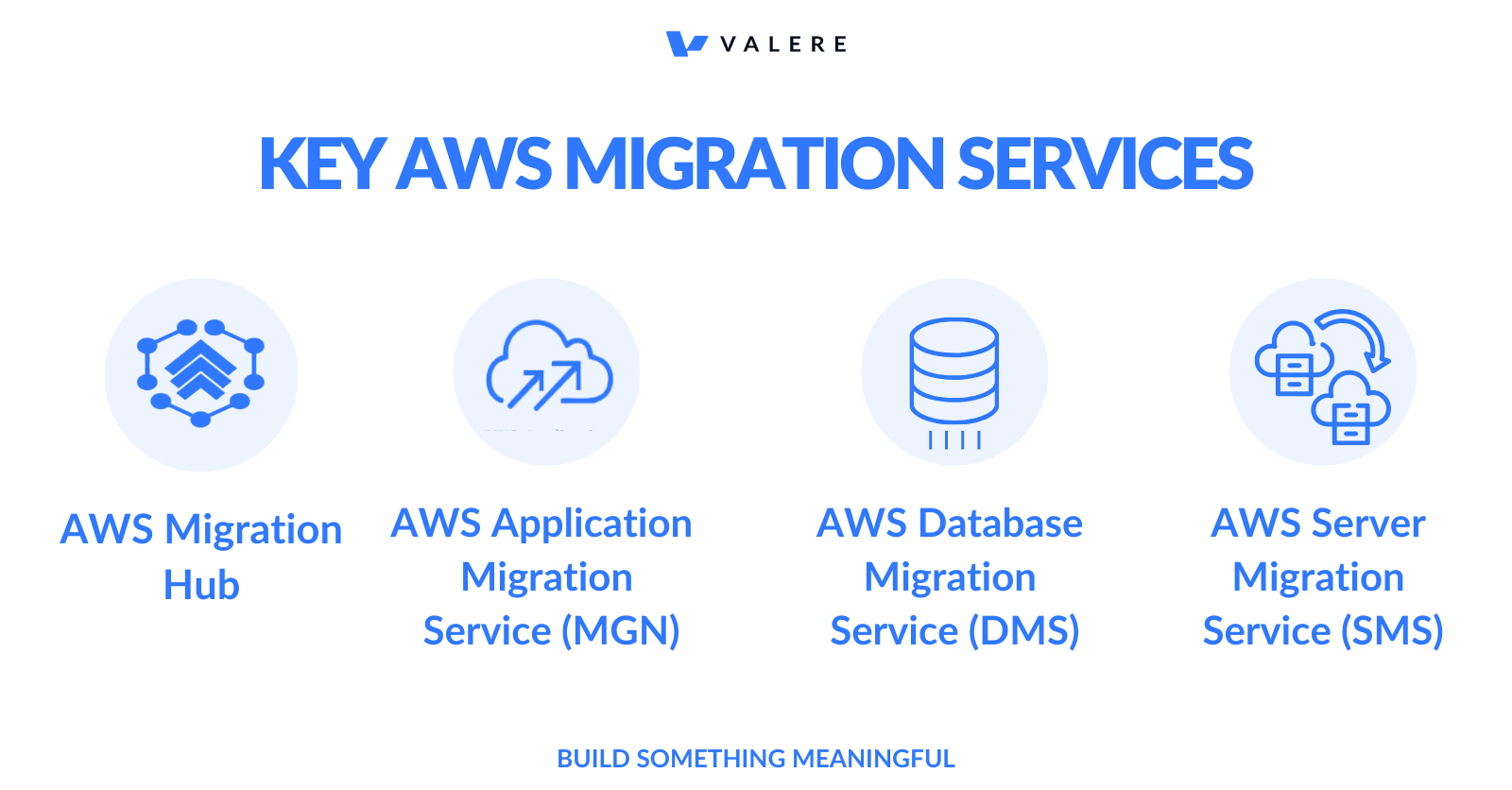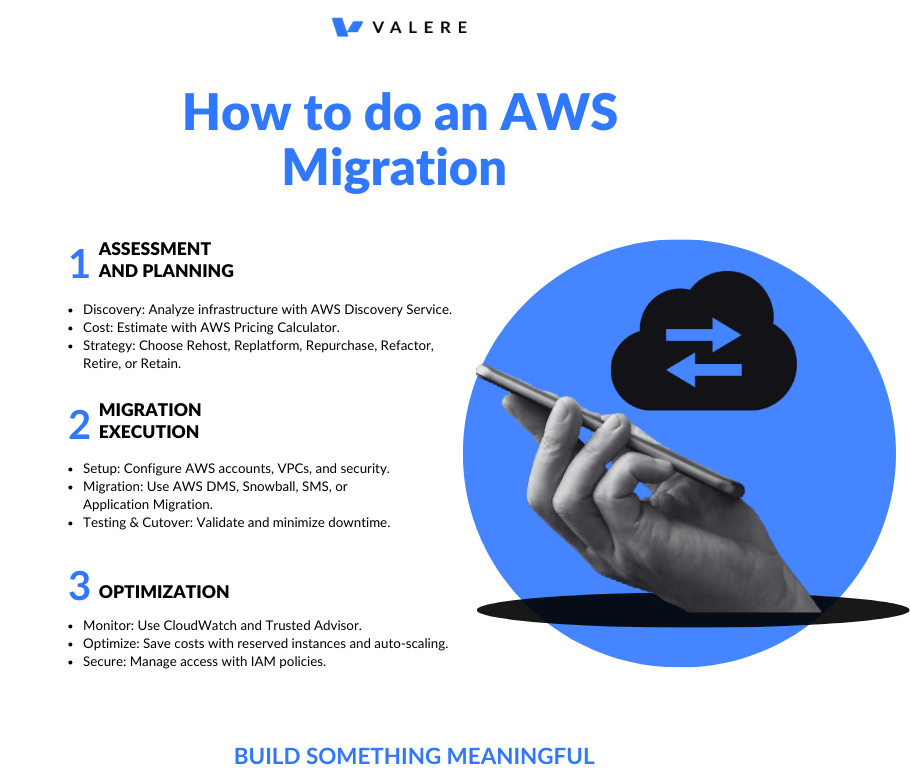AWS offers a robust framework for businesses aiming to move their workloads and applications to the cloud. For Chief Information Officers (CIOs), Chief Technology Officers (CTOs), and other senior leaders in IT, Marketing, and Sales, understanding these services is crucial for strategic planning and operational efficiency. AWS migration is not just a technical necessity but a strategic move to enhance scalability, reduce costs, and drive innovation through cloud computing.

On this page
Why Migrate to AWS?
Performing an AWS Migration
When to Migrate to AWS
Conclusion
AWS provides a scalable, secure, and cost-effective infrastructure that supports a wide range of applications and services. For CIOs and CTOs, the decision to migrate is often driven by the need to modernize IT environments, improve agility, and gain a competitive edge. The flexibility of AWS allows businesses to scale resources up or down based on demand, ensuring optimal performance and cost management.

AWS Migration Hub provides a single location to track the progress of application migrations across multiple AWS and partner solutions. This service is essential for CIOs and CTOs to gain visibility into their migration projects, ensuring alignment with business objectives and timelines.
AWS Application Migration Service simplifies the process of migrating applications to AWS. It automates lift-and-shift migrations, making it easier for IT teams to move workloads without modifying their applications.
AWS DMS helps migrate databases to AWS quickly and securely. It supports homogeneous migrations (e.g., Oracle to Oracle) and heterogeneous migrations (e.g., Oracle to Amazon Aurora).
AWS SMS automates the migration of on-premises servers to AWS, making it easier to move workloads to the cloud. This service is particularly useful for large-scale migrations where manual processes would be impractical.

Migrating to AWS offers numerous strategic advantages, from cost savings and enhanced security to scalability and innovation. For IT leaders, understanding and leveraging AWS Migration Services is key to driving digital transformation and maintaining a competitive edge.
For custom software development, consider partnering with experienced AWS consultants to maximize the benefits of your migration journey.
At Valere, we have helped a dozen companies including a fortune 500 company migrate and modernize with AWS. If you need advice on how to migrate to AWS, contact us: https://valere.io/contact

Share